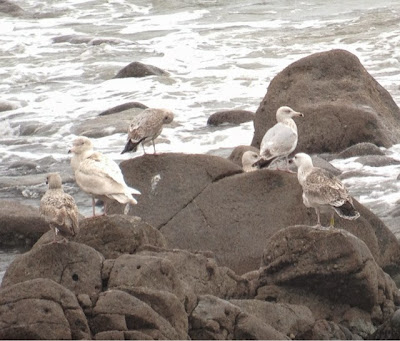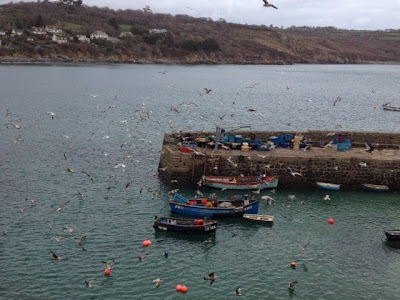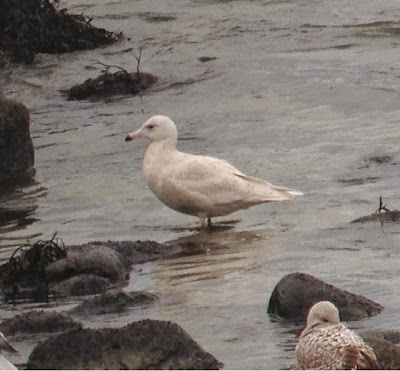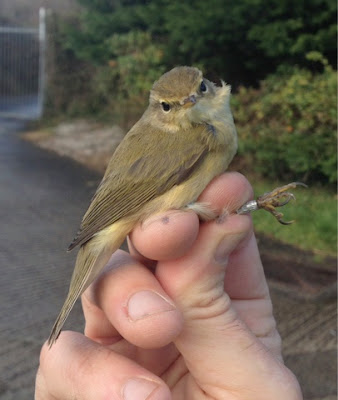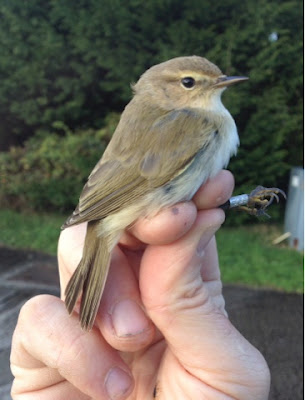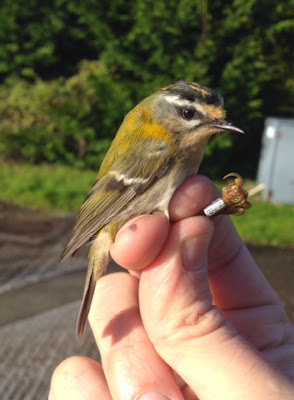With a carload of the group out of county cannon-netting ducks and waders with the Axe Estuary Ringing Group, I was on my own at Gwennap sewage works today. With just two nets, a couple of hours produced a very respectable 41 birds, including 29 Chiffchaffs!
The highlight was the bird below, which I thought was a British control (AAH203 - actually a Wren ringed in Cumbria in 2003) until I noticed the ring address which read 'ARNHEM HOLLAND'. Dutch-ringed Chiffchaffs aren't very regular in the UK, with fewer than 30 previous records. This isn't the first to be found in Cornwall though, as one was retrapped at Brew, near Sennen, in May 2007. Oddly this bird had been ringed just nine days previosuly in The Netherlands, so a very odd movement!
Another interesting bird was this Siberian Chiffchaff. Not the classic bird, lacking all olive and yellow tones, but a more subtle type. But it still showed very washed out plumage tones, along with a slightly flaring supercilium behind the eye and jet black legs.
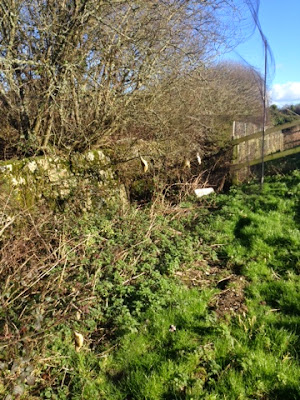 |
Bit of sunny weather on a cold day was all it took to
bring out the insects and hence the birds |
The 'bycatch' of the day wasn't too shabby either, including one of two Yellow-browed Warblers and one of three Firecrest present at the site.
